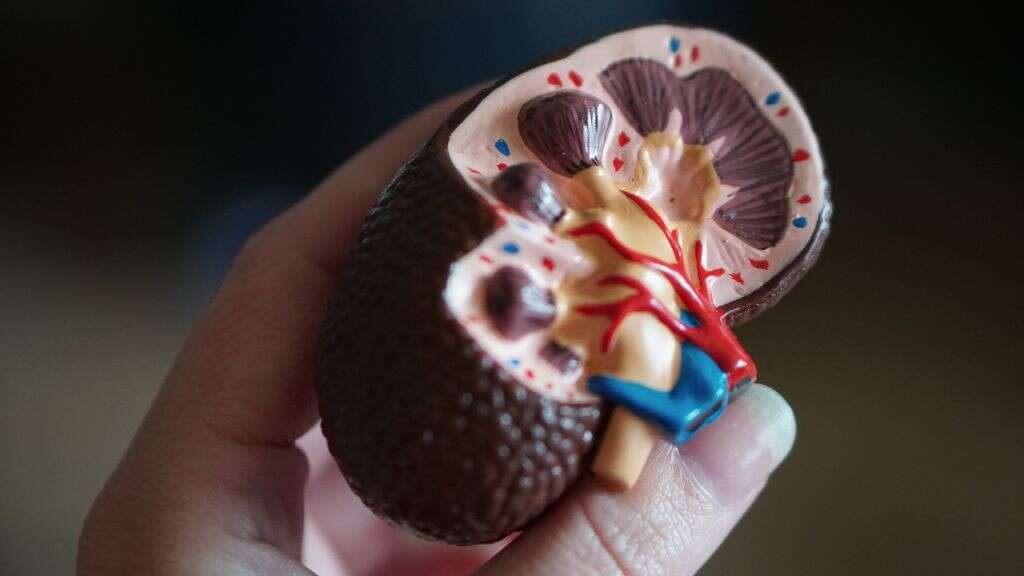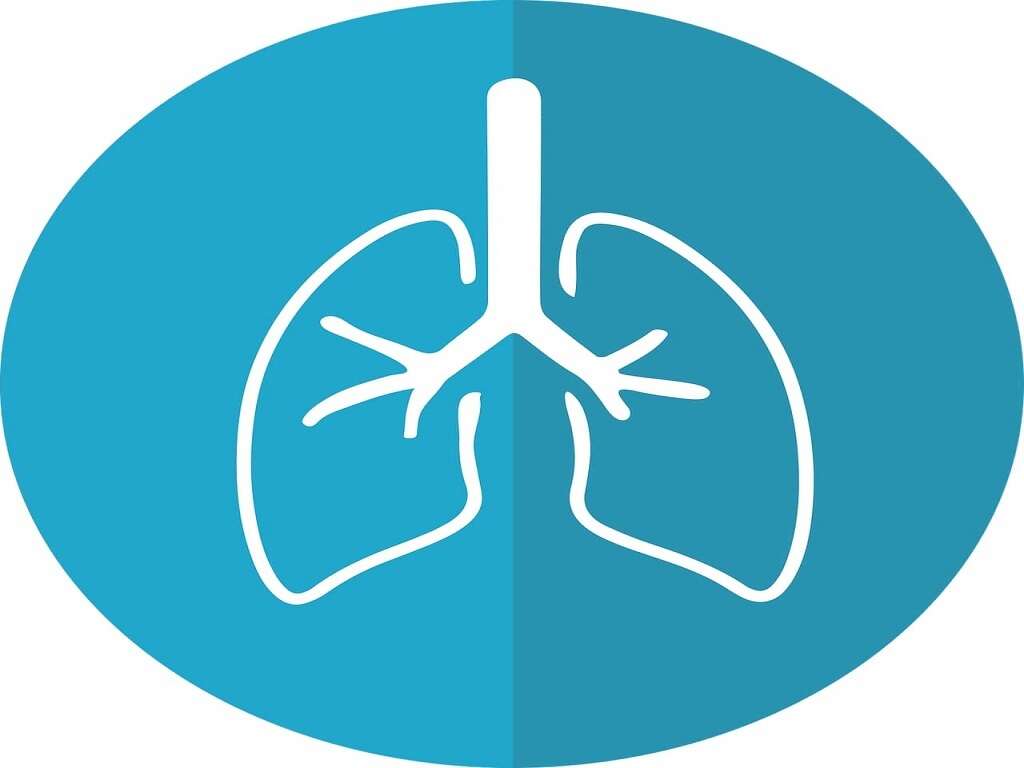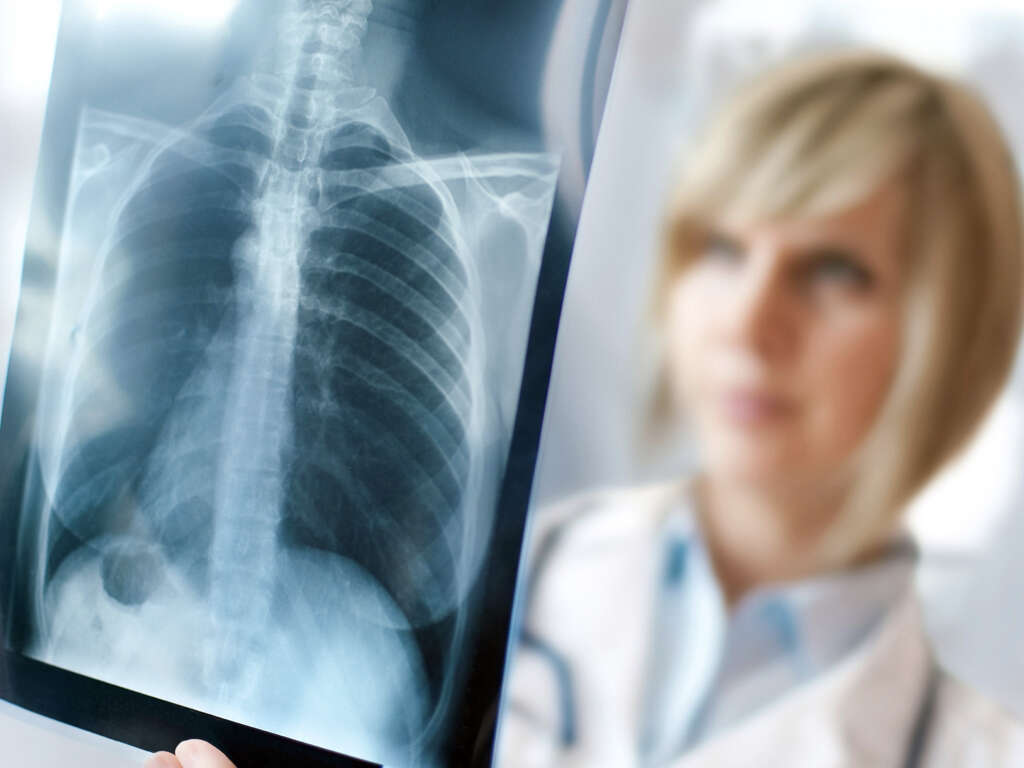What Is Legionnaires?
The interior of our lungs is lined with tiny sacs that are known as alveoli. These sacs contain capillaries that allow oxygen to pass through so it can be absorbed by the blood. The sacs also help to increase the surface area of the lung’s interior lining, thus increasing the rate of absorption of oxygen.
Pneumonia is the medical term for an infection of the lungs. The infection causes the alveoli to become inflamed and this makes it harder for the patient to get oxygen from the air. It is potentially serious and there are different types of pneumonia. Legionnaire’s disease is one of the most serious of all types.

1. Legionnaires’ Disease
Among the most dangerous of all types of pneumonia is Legionnaires’ disease. It is also a relatively common type. It is contracted by inhaling bacteria that is found in soil or water. It is rare to catch it when at home in developed countries, but is more commonly caught in places like office buildings and hotels.
Many people will not develop problems even after being exposed to the bacteria responsible because their immune system will be able to protect them. People that have a weakened immune system, however, will be more likely to develop problems. People who smoke are also in a higher risk category.

2. Pontiac Fever
The same bacteria that are responsible for legionnaire’s disease can also cause another disease, which is known as Pontiac fever. However, Pontiac fever does not infect the patient’s lungs, unlike Legionnaire’s disease, and is not as serious a condition. The symptoms are usually described as having the flu.
This means the patient can expect to have a headache, fever, chills, and aching muscles and joints. Such is the mild nature of Pontiac fever that most cases are believed to go unreported. The patient will usually make a full recovery in just a few days or so, even without any treatment.

3. Legionella
Legionella is the name of the bacterium that is responsible for both legionnaire’s disease, and Pontiac fever. The bacterium got its name from an outbreak in the 1970s among attendees of the American Legion. 221 people fell ill during the outbreak and 34 of them died. The bacterium is actually quite common but will not usually cause infections.
Under certain circumstances, however, the bacterium is able to multiply to a point where it can become more likely to become a problem. This typically means large water supply systems. Water systems found in homes are less likely to create the ideal conditions in which the bacterium can multiply and spread.

4. Transmission
Some people will catch legionnaire’s disease after inhaling the bacterium from contaminated soil. It can also happen by way of aspiration, which means contaminated liquid is accidently inhaled into the lungs. The majority of the time, however, the bacterium is inhaled in contaminated water.
This can mean inhaling water droplets from showers, whirlpools, air conditioning units, fountains, and swimming pools. As mentioned, this can happen at home, but it is far more likely to happen with a larger system. The most common source of outbreaks of the disease are from industrial cooling towers. Contaminated droplets from these towers can spread over long distances, potentially infecting people kilometers away.

5. Initial Symptoms
It will usually take between 2 and 10 days after the initial infection for the symptoms of legionnaire’s disease to show. In some cases, the patient will have no symptoms whatsoever and their immune system will defeat the bacteria before it can do them any harm.
When symptoms do show, they are not usually serious and will often be passed off as something relatively mild like a cold or the flu. These symptoms tend to include aching joints and muscles, a headache, and a fever. While the initial symptoms may only be mild, they can progress to become considerably more serious.

6. Later Symptoms
After around 2-3 days after the initial symptoms show, the patient can begin to feel considerably worse. The symptoms they have already will begin to worsen, and new symptoms can also arrive. These symptoms can include a cough, which will sometimes contain blood and/or mucus.
The patient will also often experience pain in their chest, and they will also often be short of breath. Diarrhea, nausea, and vomiting are other symptoms that the patient is likely to encounter. The patient can also become confused more easily than usual, and they can also start to experience other changes to their mental condition.

7. Who’s at Risk
As mentioned, many people that are exposed to the bacteria will not fall ill. However, there are certain factors that can increase a person’s chances of falling sick to the disease. One of these is smoking, and smoking can have a severe negative impact on your well-being overall.
Age is also a factor, and people aged over 50 fall into a higher risk bracket. A weakened immune system is another potential factor, and people with a history of lung disease are also at a higher risk. People that live in nursing homes and similar are also at a greater risk because they are likely to be older, and more likely to be exposed to the bacteria.

8. Complications
Legionnaire’s disease can lead to some very serious complications in the more severe cases. The bacteria can cause severe problems not only with the lungs, but also with other organs in the body. In the lungs, legionnaire’s disease can cause respiratory failure. This means the patient can’t take on oxygen or remove carbon dioxide from their blood.
Acute kidney failure is another potential complication, and one that can be very dangerous indeed. It means that the kidneys are unable to filter toxins from the blood, and the toxins will rise to dangerous levels. Septic shock is another possibility. Such is the severity of these complications that they will result in fatalities in some cases.

9. Prevention
Prevention of Legionnaires disease is largely possible. The responsibility falls largely on the owners of buildings that have large water systems and the water can be treated to help prevent the proliferation of the bacteria. This is especially important in places like care homes where the residents are likely to be in higher risk categories.
Smokers should also try and quit smoking, and not only to help keep themselves safe from legionnaire’s disease. Quitting the habit can help to improve the quality of the smoker’s life overall and lengthen their lives, while it can also be beneficial for people around them.

10. Treatment
As a bacterial infection, Legionnaire’s disease can be treated with a course of antibiotics. The sooner treatment is found, the more effective it will be, so it is a good idea to get treatment as soon as a problem is identified. If the patient has Pontiac fever then it will go away without medication.
Serious cases may mean the patient needs to be hospitalized, and they may need assistance with breathing. Depending on the damage done, the patient might also need to be treated for their complications. For example, people with kidney problems might need to be given corresponding medication, or even dialysis.










